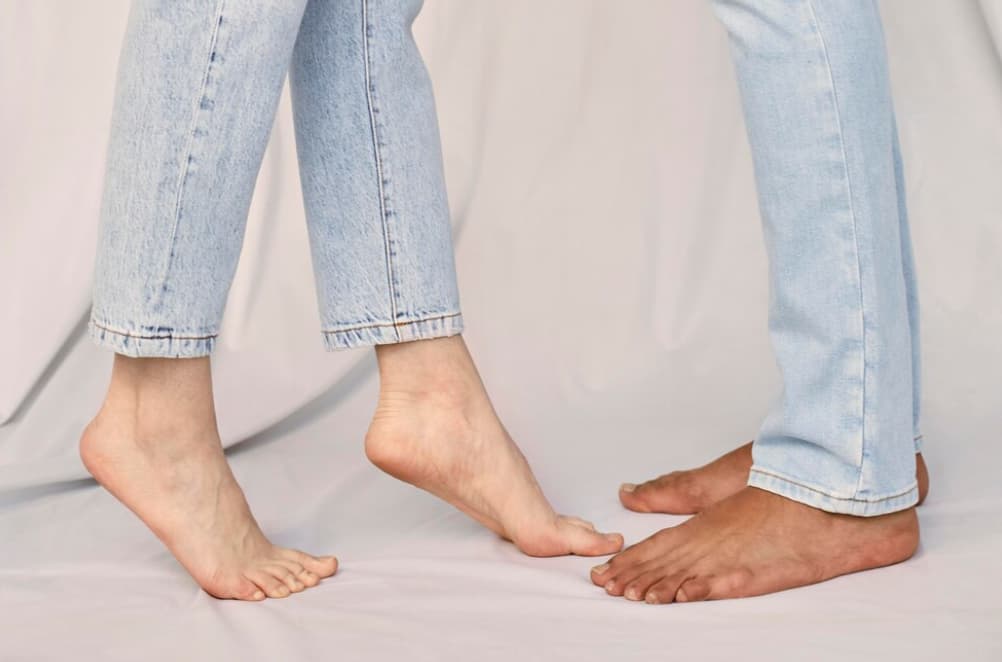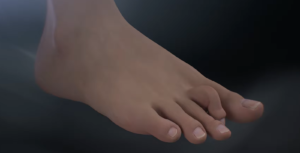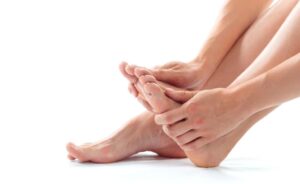Understanding Flat Feet
Flat feet, or what is medically referred to as pes planus or fallen arches, represent a specific condition of the foot characterized by the lowering or complete flattening of the arch when one is standing. It is crucial to assess this unique foot configuration to understand the potential for ensuing issues, which can range from pain in the ankle, knee, or even the lower back area. Such evaluation is essential for preventing or managing possible discomfort linked with this condition.
Understanding the implications of flat feet is crucial when delving into conditions like Sever’s disease, as the biomechanical factors associated with flat feet can contribute significantly to its onset and severity.
Causes of Flat Feet
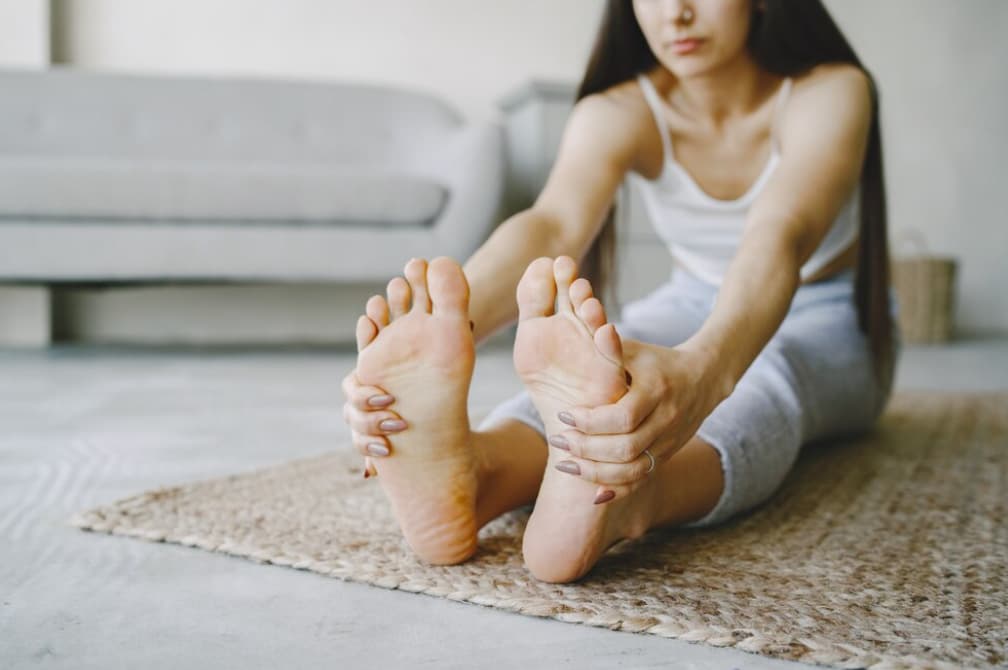
Flat feet development is influenced by a multitude of factors, including the natural process of aging, sustaining injuries, or being affected by specific health conditions. Some people might experience flat feet as a result of congenital structural abnormalities, such as the joining of foot bones (known as tarsal coalition) or the occurrence of an additional bone on the side of the foot (referred to as accessory navicular).
Health issues like diabetes or rheumatoid arthritis are also known to play a significant role in the emergence of flat feet. Moreover, injuries that result in bone fractures, dislocations, sprains, or the tearing of tendons and ligaments in the foot and leg area can be pivotal in the development of this condition.
Flat Feet in Children
In children, flat feet or flat arches typically transform into appropriate arches and high arches as they grow and reach adulthood. However, if any unusual walking pattern, such as walking on the outer edges of the feet or limping during lengthy walks, is observed, or if the child complains about pains in the calf muscle or foot area, it’s advisable to get assessed by a podiatrist.
Symptoms of Flat Feet
The most noticeable symptom of flat feet is the absence of an arch while standing. However, other indicators may include:
- Discomfort in the feet;
- Pain or weakness in the lower legs;
- Swelling or pain on the inside of the ankle;
- Unequal shoe wear Attention to lifestyle factors, such as physical activities, shoe choice, and weight management, can prevent the onset of flat feet related to these factors.
The Role of a Podiatrist
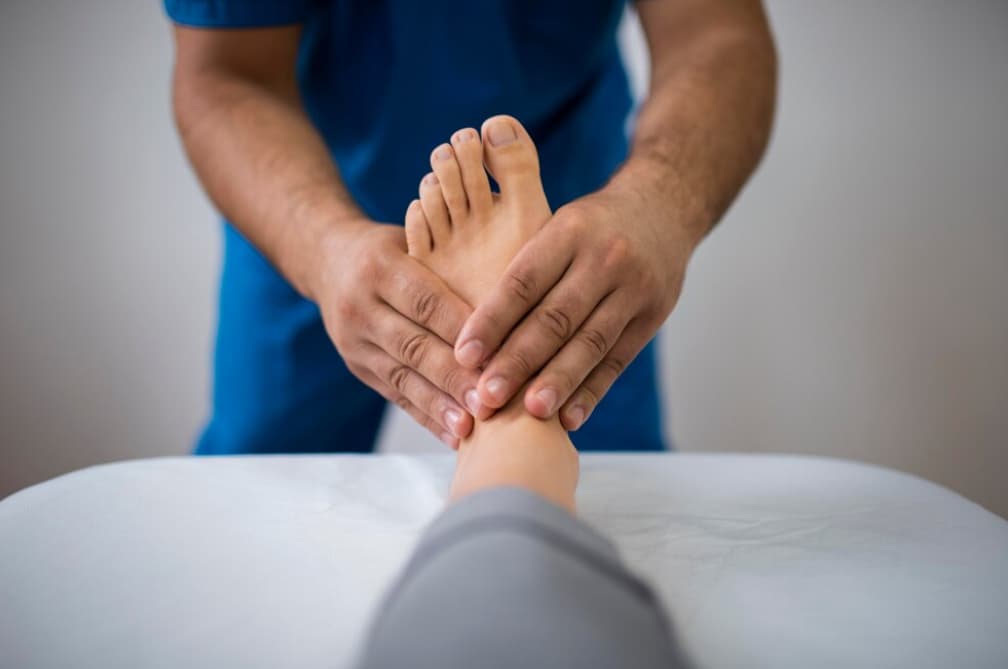
Podiatrists play an integral part in preventing and managing foot issues among individuals with flat feet. A podiatrist can:
- Conduct a thorough examination of your feet;
- Execute a gait analysis;
- Prescribe tailor-made orthotics;
- Perform required surgeries Prompt action is crucial as untreated issues may lead to significant health risks.
Complications of Flat Feet
Flat feet can potentially lead to several complications if not attended to promptly. These may include chronic pain, difficulty in movement, balance issues, and possible alteration in foot structure. It is essential to be aware of these complications and seek medical advice when necessary.
Treatment Options for Flat Feet
With various treatment solutions available for flat feet, the best approach depends on the severity and cause of the condition. From therapeutic exercises and specially designed shoes to surgical interventions, a podiatrist can determine the most effective treatment plan tailored to each individual.
Conclusion
Although flat feet might initially appear to be a trivial issue, neglecting this condition can escalate into more serious health problems. By gaining a comprehensive grasp of flat feet, adopting preventive strategies, and consulting with healthcare professionals as needed, managing this condition can become significantly less burdensome.
